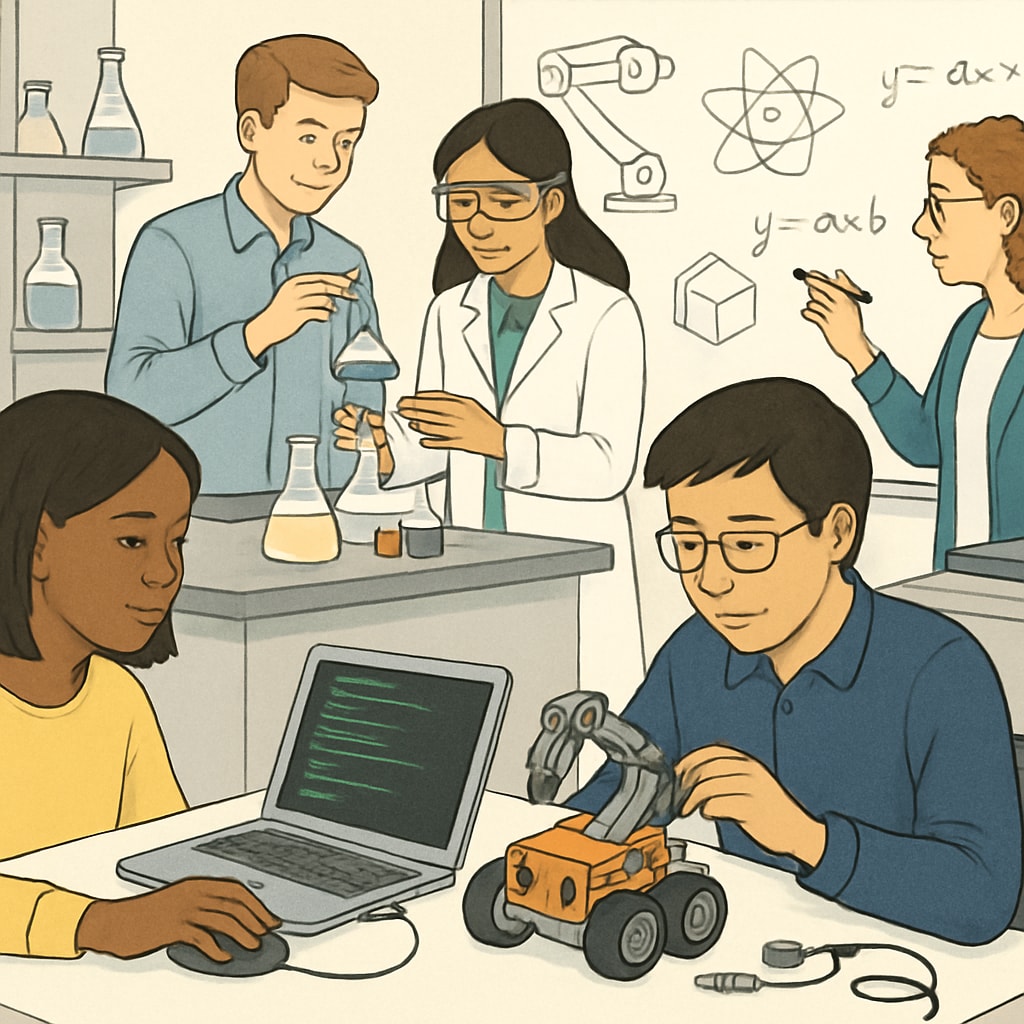Choosing a college major is one of the most pivotal decisions for high school students, especially for those with a passion for subjects like mathematics and science. This decision often feels like standing at a crossroads, where personal interests, academic strengths, and career aspirations must converge. However, with proper guidance and a clear framework, students can make informed decisions that align with their goals and values.
Understanding the Importance of Self-Reflection
Before diving into specific majors or career paths, self-reflection is crucial. High school students should start by asking themselves three key questions:
- What subjects or activities genuinely excite me?
- What are my strongest skills and abilities?
- What kind of lifestyle or impact do I envision for my future?
For instance, a student who enjoys problem-solving and analytical thinking might naturally gravitate toward mathematics or computer science. However, if they also value creativity, fields like engineering or data visualization might provide a satisfying blend of both worlds.

Balancing Passion with Pragmatism
While pursuing one’s passion is important, students must also consider the practical aspects of their chosen field. This includes job market trends, earning potential, and long-term growth opportunities. For example, STEM (Science, Technology, Engineering, and Mathematics) fields have been consistently in demand, offering lucrative careers and diverse roles.
Resources like the U.S. Bureau of Labor Statistics provide valuable insights into job outlooks and salary data for various professions. Additionally, students can explore mentorship opportunities or job-shadowing programs to gain firsthand experience and a clearer understanding of their potential career paths.
Exploring Interdisciplinary Opportunities
Many students feel constrained by the idea of choosing a single field of study, but interdisciplinary majors offer flexibility. Fields like bioinformatics, environmental science, or even mathematical economics combine multiple areas of expertise, allowing students to pursue varied interests. These programs are ideal for those who want to bridge their love for mathematics with real-world applications in healthcare, sustainability, or business.
For example, bioinformatics merges biology and data science, creating opportunities to work on cutting-edge research projects. Similarly, mathematical economics applies quantitative analysis to solve complex financial problems, making it a perfect fit for students passionate about both math and the economy.

Developing a Decision-Making Framework
To make an informed choice, students can follow this structured decision-making framework:
- Research: Explore various majors and their career outcomes through online resources, career fairs, and informational interviews.
- Assess: Evaluate personal interests and strengths using tools like the Myers-Briggs Type Indicator (MBTI) or the Holland Code.
- Experiment: Take elective courses, participate in summer programs, or engage in extracurricular activities related to potential fields of interest.
- Plan: Create a roadmap outlining short-term and long-term goals, including internships, certifications, and graduate studies.
This process not only helps clarify preferences but also builds confidence in the final decision.
Seeking Guidance and Support
High school students should not navigate this journey alone. Counselors, teachers, family members, and professionals in the field can provide valuable perspectives. Platforms like Khan Academy or Coursera also offer free courses, helping students gain exposure to subjects they’re considering.
In addition, joining clubs or attending webinars related to mathematics, science, or career planning can foster connections with like-minded peers and mentors. These networks often lead to opportunities that shape a student’s academic and professional trajectory.
Ultimately, the process of choosing a major doesn’t have to be overwhelming. By combining self-awareness with practical research and support, students can confidently take the first step toward a fulfilling future.
Readability guidance: Use short paragraphs and bullet points to summarize insights; ensure smooth transitions between sections. Limit passive voice and lengthy sentences to maintain clarity.


